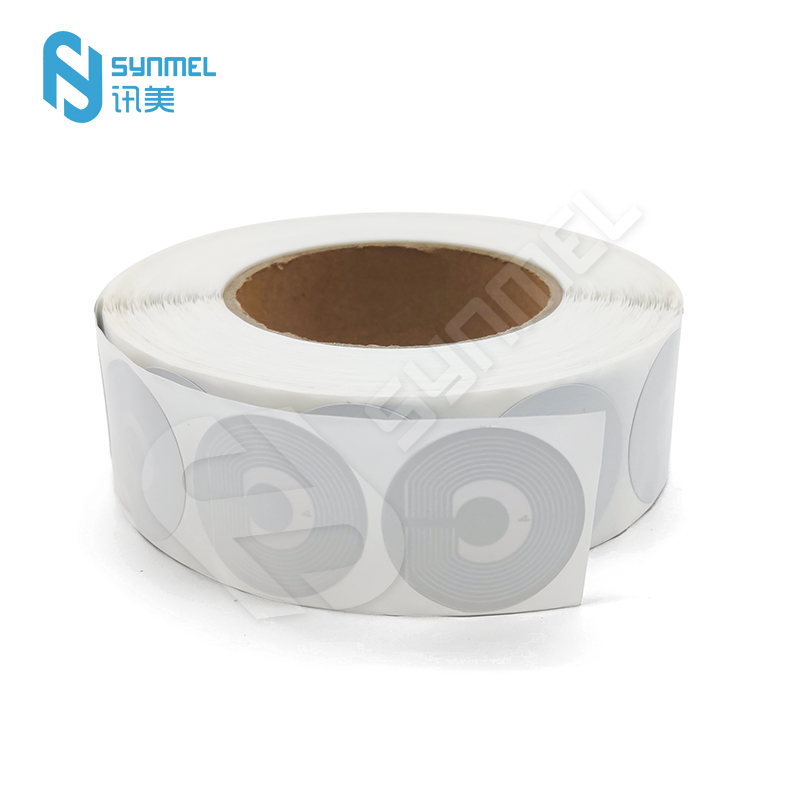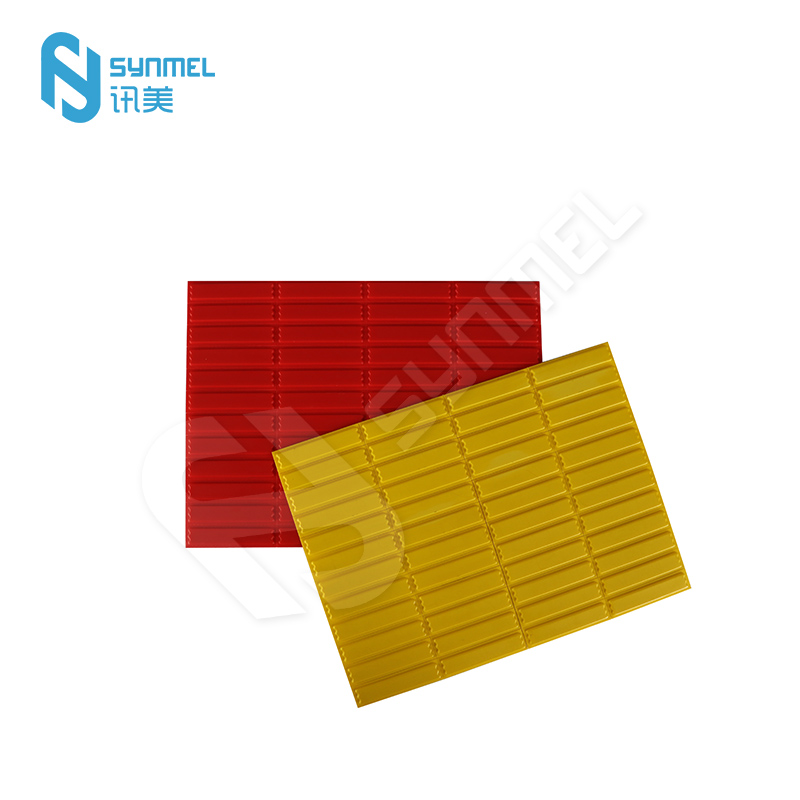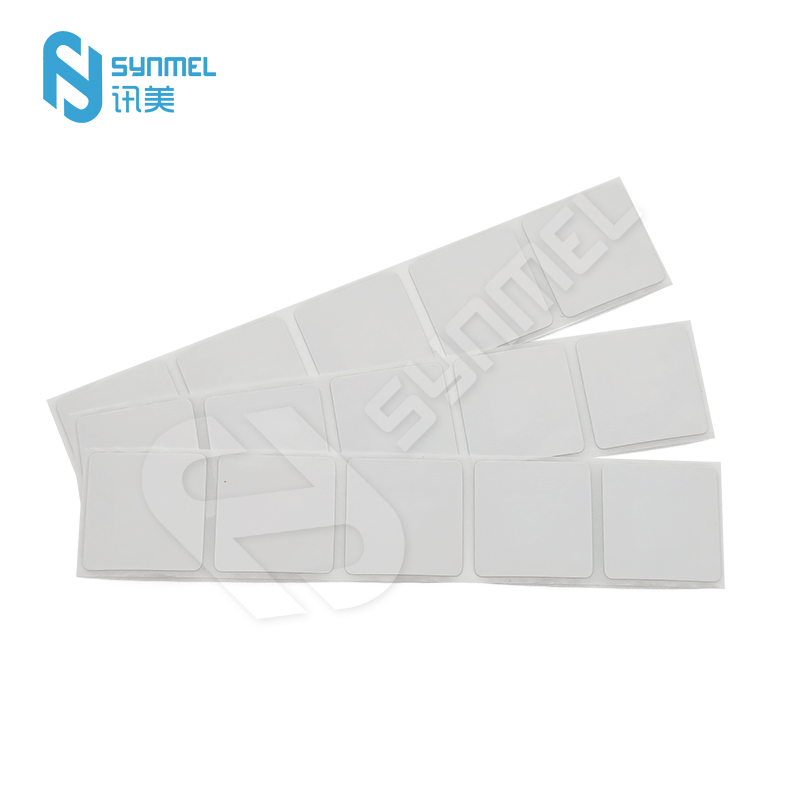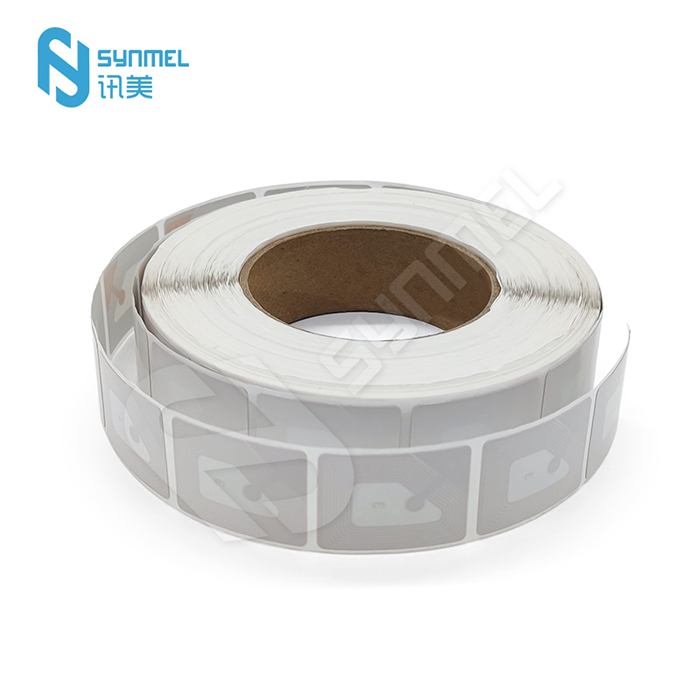- English
- Español
- Português
- русский
- Français
- 日本語
- Deutsch
- tiếng Việt
- Italiano
- Nederlands
- ภาษาไทย
- Polski
- 한국어
- Svenska
- magyar
- Malay
- বাংলা ভাষার
- Dansk
- Suomi
- हिन्दी
- Pilipino
- Türkçe
- Gaeilge
- العربية
- Indonesia
- Norsk
- تمل
- český
- ελληνικά
- український
- Javanese
- فارسی
- தமிழ்
- తెలుగు
- नेपाली
- Burmese
- български
- ລາວ
- Latine
- Қазақша
- Euskal
- Azərbaycan
- Slovenský jazyk
- Македонски
- Lietuvos
- Eesti Keel
- Română
- Slovenski
- मराठी
- Srpski језик
News
What is the difference between anti-theft RF labels and acousto-magnetic anti-theft labels?
Anti-theft RF Labels and Acousto-Magnetic Tags (AMTA) are two common anti-theft technologies for merchandise. They differ significantly in their working principles, structure, applications, and advantages and disadvantages. Here are their main differences:
Read MoreAre AM color labels corrosion resistant?
The corrosion resistance of AM color labels depends on the materials used and the outer coating. Typically, AM labels consist of a plastic shell and an electromagnetic induction chip. The shell material is usually polyester or polypropylene, which offer some corrosion resistance.
Read MoreWhat are the product features of EAS RF labels?
EAS RF labels are widely used in retail stores, supermarkets, and warehouses for theft prevention. RF labels are typical EAS labels, using electromagnetic field induction to detect whether an item has passed through a security gate. The characteristics of these labels include:
Read MoreCan overtightening optical tags damage the lens?
If optical tags are tightened too much, they can indeed potentially damage the lenses, especially when the lens material is fragile or the coating is sensitive. Specifically, over-tightening the tag can bring the following risks: Lens deformation: If the tag is tightened too much, the applied press......
Read MoreHow is the anti-interference capability of the RF soft label?
RF soft labels are commonly used in logistics, retail, asset management, and other applications, and their anti-interference ability is affected by various factors. The anti-interference ability of RF soft tags depends on the following key factors: 1. Selection of operating frequency band: The fre......
Read MoreDoes the material of the anti-theft meat label comply with food safety standards?
Whether the material of anti-theft meat labels meets food safety standards mainly depends on the composition materials, usage process, and contact requirements with food of the labels. To ensure safety and compliance, the following aspects require special attention:
Read More








